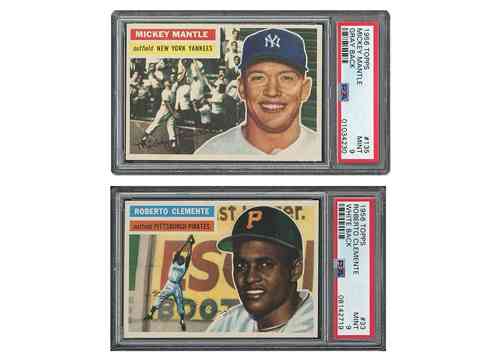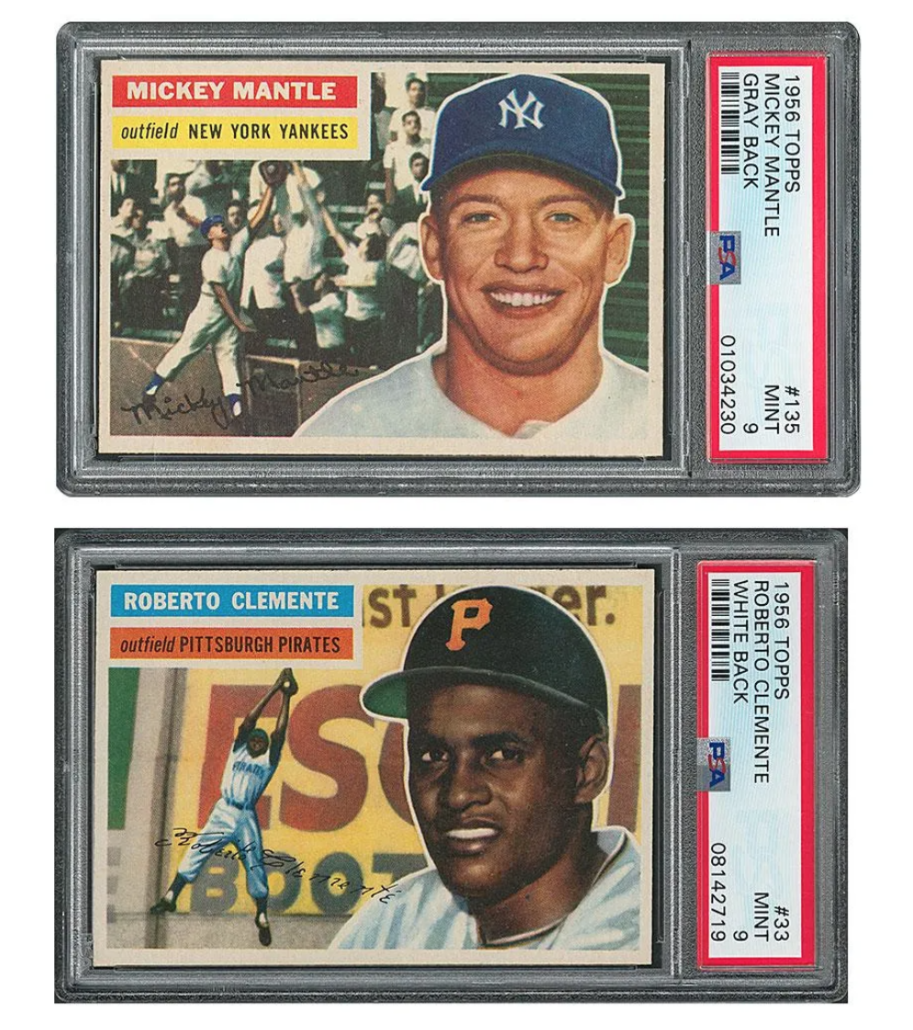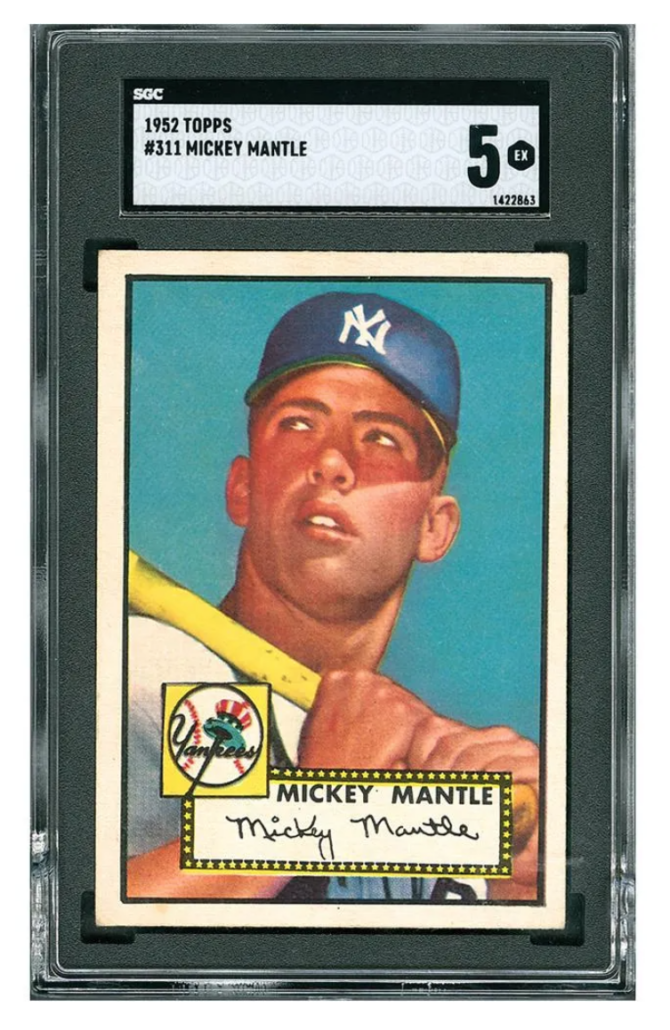NEW YORK — Topps baseball cards have been around since the early 1950s. In light of the January 2022 news that the veteran firm has been acquired for roughly $500 million by Fanatics, a sports gear and apparel retailer, it makes sense to take a closer look at the company and the history of baseball cards as well.
The earliest true baseball cards date to the 1860s. They were intended as advertising items, and not offered as stand-alone collectibles. Cards were inserted in packs of cigarettes to stiffen them and protect the cigarettes from being crushed, but they were also sold with food, magazines, and in the case of Topps, chewing gum. Topps traces its origins to a tobacco company, but scored a hit in 1938, its first official year in business, with Bazooka bubble gum. When it decided to offer trading cards in 1950, its motivation was to increase sales of its gum.
Goodwin Tobacco is credited with producing the first official baseball card set in 1868, but nonetheless, Topps ultimately became synonymous with baseball cards. Releasing its first series of 52-card sets in 1951, Topps offered 2in by 2⅝in cards with a photograph and a biography of each player along with his at-bat statistics. Interestingly, the inaugural set was packed with taffy instead of bubble gum, but that soon changed. In 1952, Topps issued its first annual set of baseball cards totaling 407 cards, issued in six series that year. Topps baseball cards came with gum until the company removed the chewable treat in 1991, partly due to collectors’ complaints that it sometimes stained the cards.
The 1950s proved to be a peak decade for Topps and for baseball cards. The company proved that collecting baseball cards was as much a national pastime as baseball itself. Going head to head with its main rival, Bowman (also a gum company), Topps came out on top (pun intended) and its cards have been highly sought after ever since, for baseball and for other sports. Several 1950s rookies who went on to become notable players, such as Mickey Mantle, Bob Gibson, Whitey Ford and Sandy Koufax, appear on Topps rookie cards that are markedly collectible. The highest-graded examples of these rookie cards have performed well, with a few of Mantle’s surpassing the million-dollar mark.
A conservatively valued 1952 Topps #311 Mickey Mantle card, graded SGC EX 5, sold for $89,100 in March 2021 at RR Auction. While higher-graded examples have brought heftier prices, this card retained nice coloration and fine aesthetics. Condition is key to value with most antique objects, and that definitely holds true with sporting cards. Vintage Topps cards were created to be ephemeral, and are easily worn and damaged when repeatedly handled. “The image contains no discolorations, no blemishes of any kind, exhibiting a bold, crisp image with bright colors including the golden bat on Mick’s right shoulder, set against a deep blue sky canvas,” according to the auction catalog description.
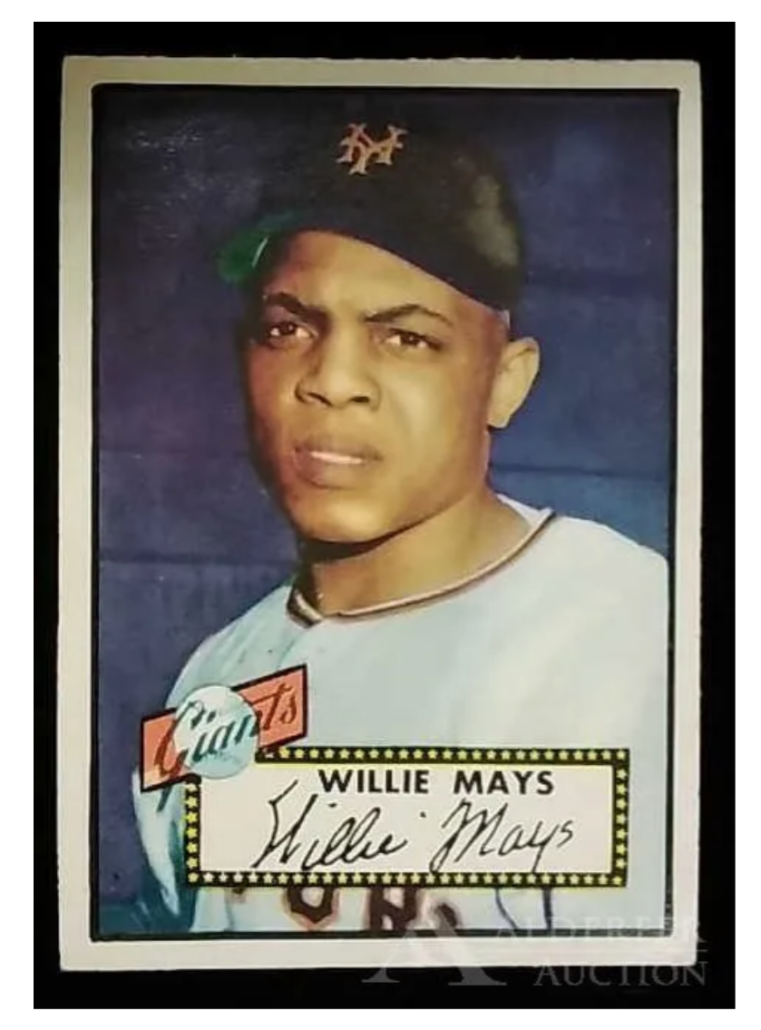
Not all cards command six figures, of course. Fortunately, the realm of baseball cards provides enough variety to entice every collector, at every price point. Third-party grading and authentication has been a boon to the market, boosting buyer confidence. A 1952 Topps baseball card for New York Giants Hall of Fame outfielder Willie Mays, described as investment grade, brought $11,000 in May 2021 at Alderfer Auction.
Single cards for individual players frequently appear at auction with a wide range of estimates, but complete sets hold greater appeal for those seeking to jump start a collection. Such sets, especially those in mint condition or with unopened packs, tend to sell well. A 1956 Topps master set that included 354 cards in mint condition achieved $250,000 plus the buyer’s premium in November 2019 at RR Auction. The set is called a master set because it contains all 342 cards in the basic set, plus 12 rare team card variations. It is difficult to find complete master sets as they are often raided for certain cards that are then sold separately.
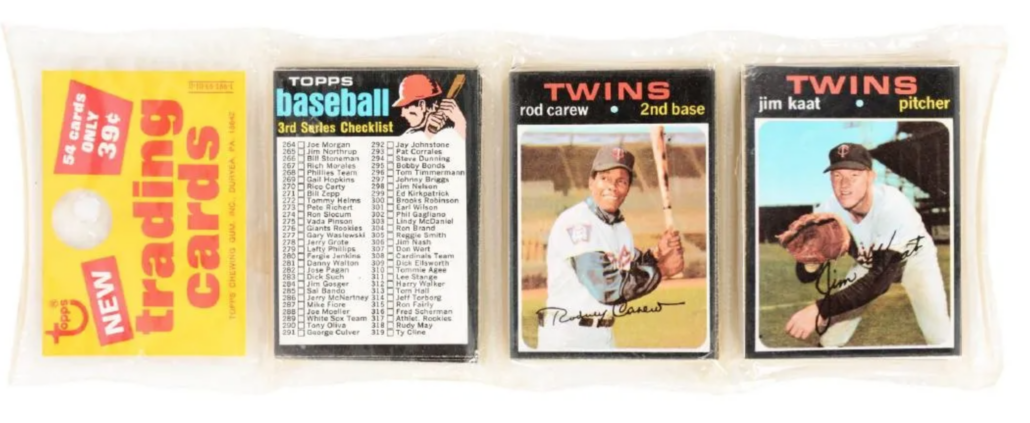
Collecting is generational, and, naturally, most collectors favor the teams and players they grew up with. In the 1970s, future Hall of Famer Rod Carew was a clear standout. A 1971 Topps baseball rack pack that included Carew sold for $2,250 plus the buyer’s premium in October 2017 at Dan Morphy Auctions. The 54-card pack came to auction from the collection of the original buyer, illustrating the fact that when it comes to baseball cards, collectors often hold their treasures for years.
It’s harder to predict which contemporary cards will go on to increase in value. The advice to collect what you love, rather than what you think will make money, reigns here, perhaps with the twist of targeting cards featuring the players loved by baseball-mad tweens. Toronto Blue Jays’ Vladimir Guerrero Jr fits that bill, and his 2019 rookie card from Topps seems to be a rising star. In addition, a chrome Xfractor version of Guerrero’s rookie card took $155 plus the buyer’s premium in March 2021 at Goolsby Auctions.

Baseball the sport has suffered trials and tribulations, from gambling scandals to doping scandals to lockouts that halt play. More people might watch the Super Bowl than the World Series, but when it comes to sports memorabilia, it’s no contest – baseball is king. As long as those who lead Major League Baseball fight to keep the sport fresh and relevant, and as long as kids the world over continue to play the game and save their allowance money for the next Topps set, the company’s baseball cards will have a healthy and vibrant future.


